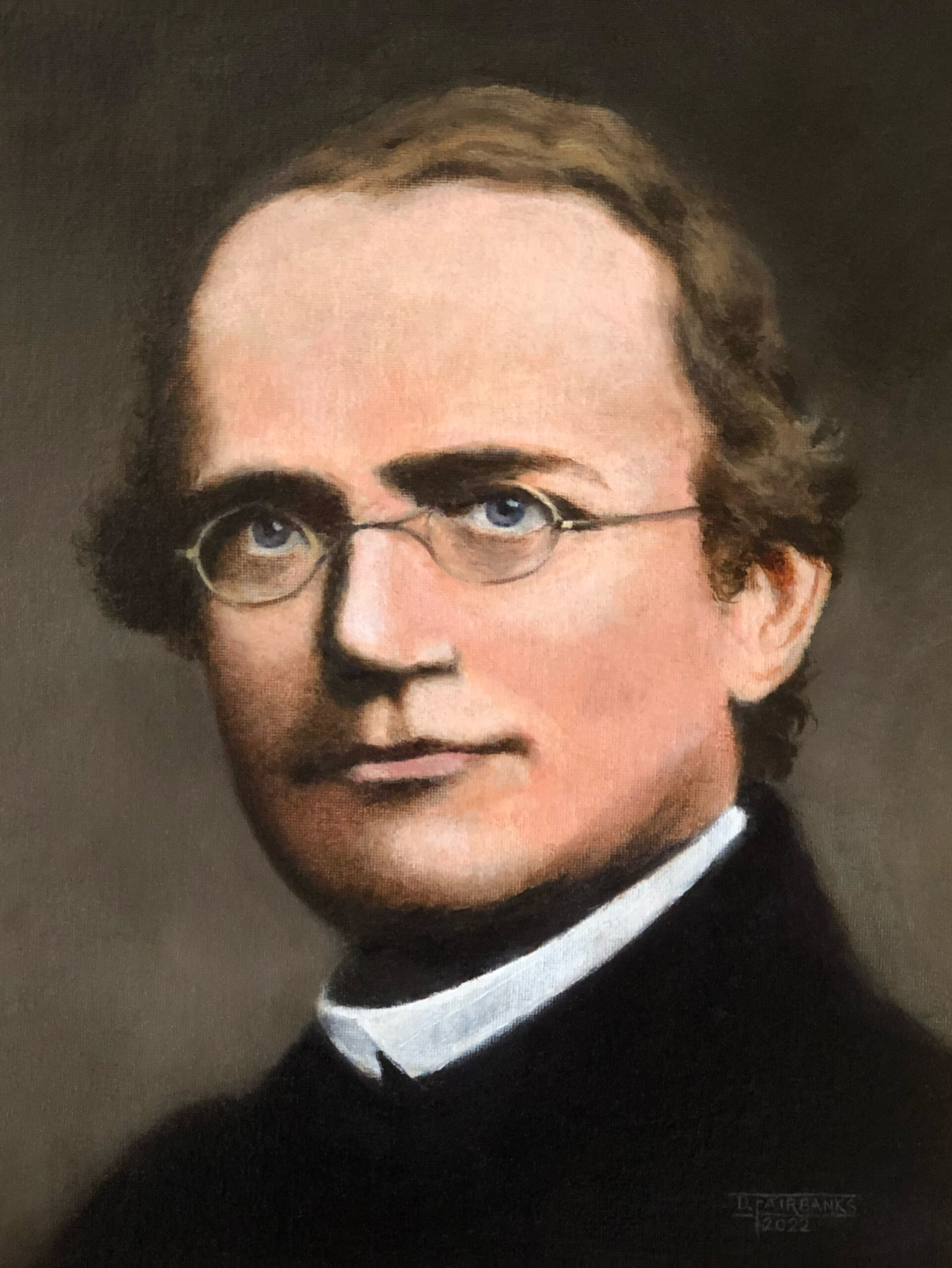MENDEL’S LAWS OF INHERITANCE
Gregor Mendel was an Austrian scientist and Augustinian friar who is often referred to as the “father of modern genetics.” He is best known for his pioneering work on the inheritance of traits in pea plants, which laid the foundation for our understanding of genetics. Mendel’s groundbreaking research, conducted in the mid-19th century, was not widely recognized during his lifetime but has since become a cornerstone of modern biology.
Mendel’s contributions to genetics can be summarized as follows:
Mendel’s Laws of Inheritance: Mendel conducted a series of experiments with pea plants in which he studied the inheritance of specific traits, such as seed color, seed shape, and flower color. From his experiments, he formulated three key principles known as Mendel’s Laws of Inheritance:
a. The Law of Segregation: Mendel proposed that there are pairs of genes (alleles) for each trait, and during the formation of gametes (sperm and egg cells), these gene pairs segregate, so each gamete carries only one allele for each trait.
b. The Law of Independent Assortment: Mendel observed that the inheritance of one trait is independent of the inheritance of other traits. In other words, the assortment of alleles for one trait does not affect the assortment of alleles for another trait.
c. The Law of Dominance: Mendel noted that in a heterozygous individual (carrying two different alleles for a trait), one allele (the dominant one) typically expresses itself, masking the expression of the other allele (the recessive one).
Quantification of Inheritance: Mendel’s work was not just empirical but also quantitative. He counted and analyzed the ratios of different traits in his pea plant populations and observed that they followed predictable patterns. For example, he found that in a monohybrid cross (involving a single trait), the offspring typically displayed a 3:1 ratio of dominant to recessive phenotypes.
Recognition of Units of Inheritance: Mendel’s work laid the groundwork for the concept of “genes” as units of inheritance. Although he didn’t know about DNA or the molecular nature of genes, his observations on the discrete inheritance of traits and the way they followed Mendelian patterns were indicative of the existence of hereditary units that we now call genes.
Mendel’s work, published in 1866, went largely unnoticed in his time, but it was rediscovered at the beginning of the 20th century, and his contributions became widely recognized and appreciated. His laws provided the basis for our modern understanding of genetics and inheritance, and his work has had a profound impact on the fields of biology, agriculture, and medicine. Mendel’s laws continue to be fundamental in the study of heredity and genetics.



